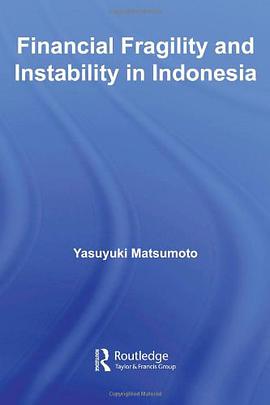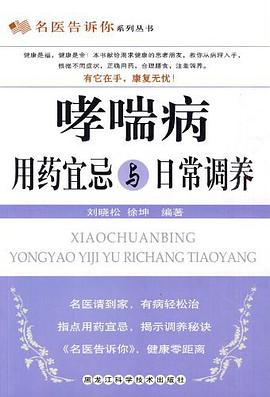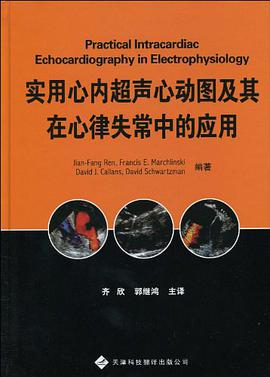

This highly relevant study provides an incisive analysis of a critical phase in recent East Asian financial history, exploring the underlying causes of the financial crisis that struck Indonesia during the second half of 1997. Matsumoto's extensive commercial experience in Indonesian finance during these critical years, allows him to skilfully argue that the roots of the crisis lay in the period of capital liberalization undertaken during the boom years from 1994 to 1997 which encouraged the development of fragile and unstable financial structures, involving increased corporate leverage, reliance on external debt, and the introduction of riskier and more complicated financial instruments and transactions. In-depth fieldwork data and four detailed case studies illuminate the microeconomic foundations of the crisis, showing how Indonesian capitalists sought to liquidate their Indonesian assets without losing control of their corporate empires, by taking advantage of increased access to foreign loans and complex financial re-engineering, actions which ultimately precipitated instability and crisis throughout the entire financial system. Finally, it reflects upon the policy implications of this episode, putting forward the case for comprehensive capital controls for open and developing economies until they establish appropriate financial institutions to monitor and manage the level of indebtedness and the volatility of capitalists' behaviour.
具体描述
读后感
评分
评分
评分
评分
用户评价
相关图书
本站所有内容均为互联网搜索引擎提供的公开搜索信息,本站不存储任何数据与内容,任何内容与数据均与本站无关,如有需要请联系相关搜索引擎包括但不限于百度,google,bing,sogou 等
© 2025 book.wenda123.org All Rights Reserved. 图书目录大全 版权所有




















